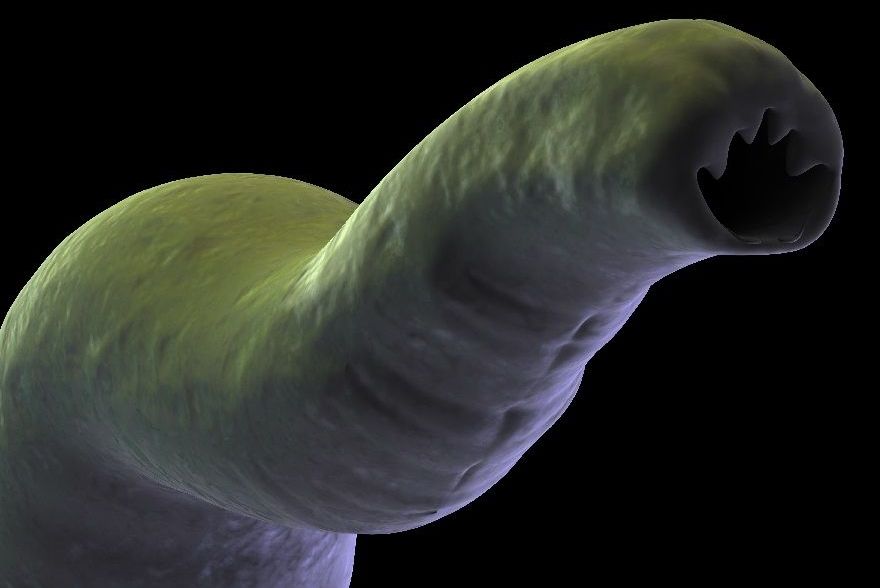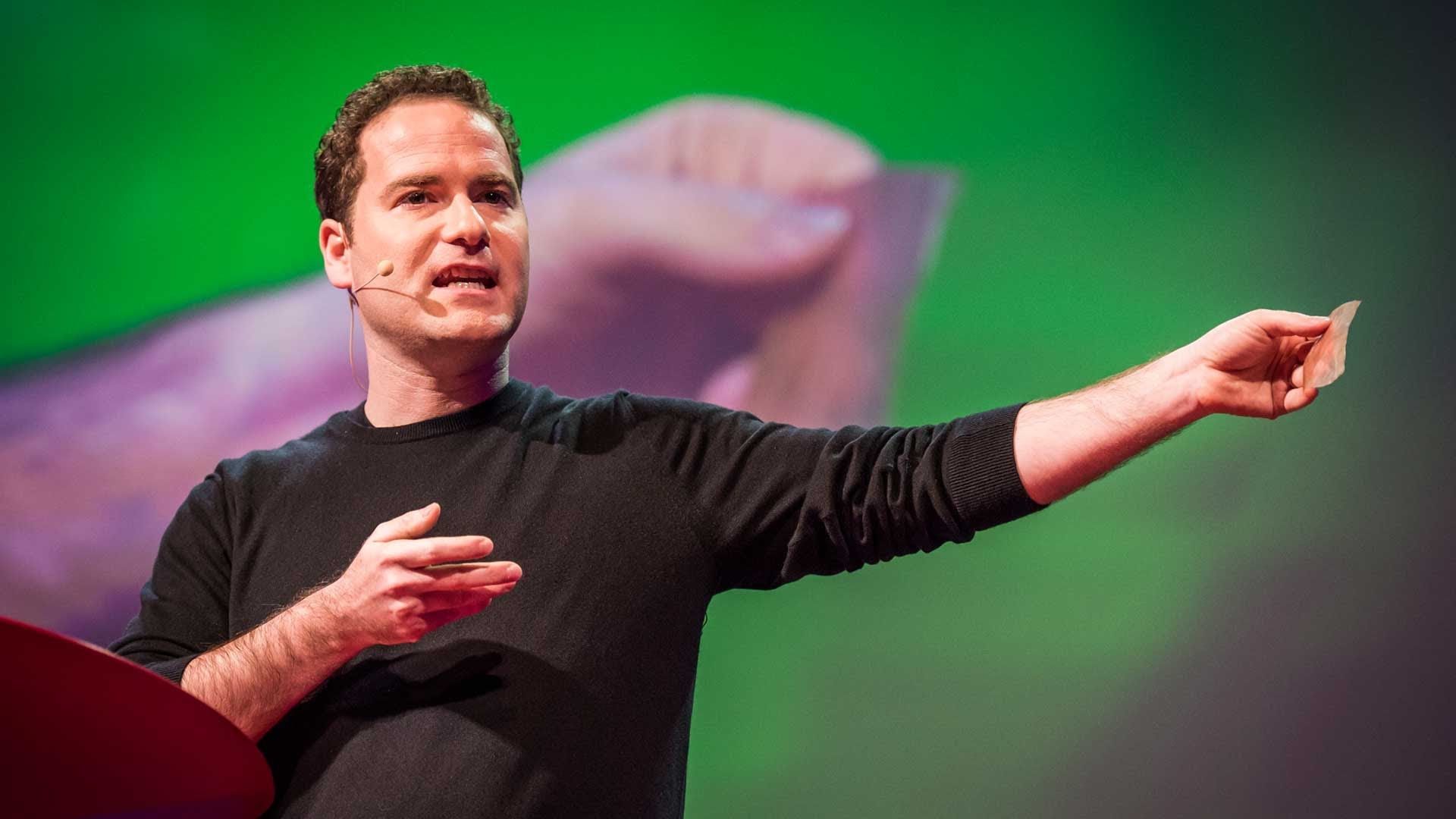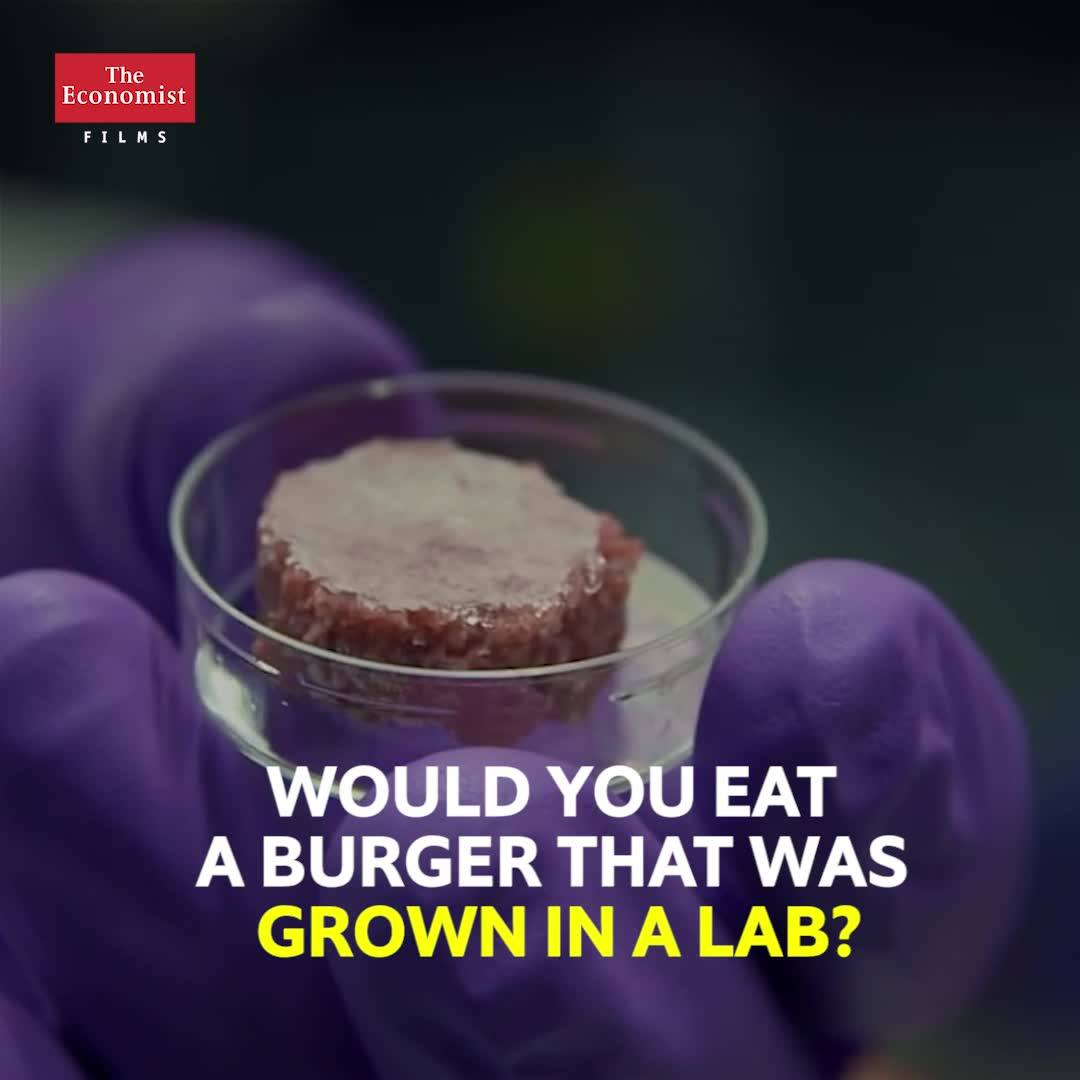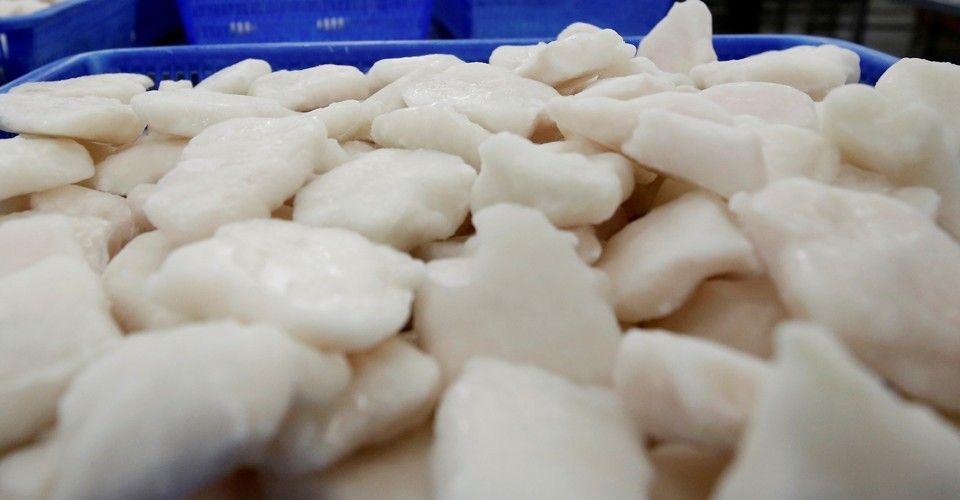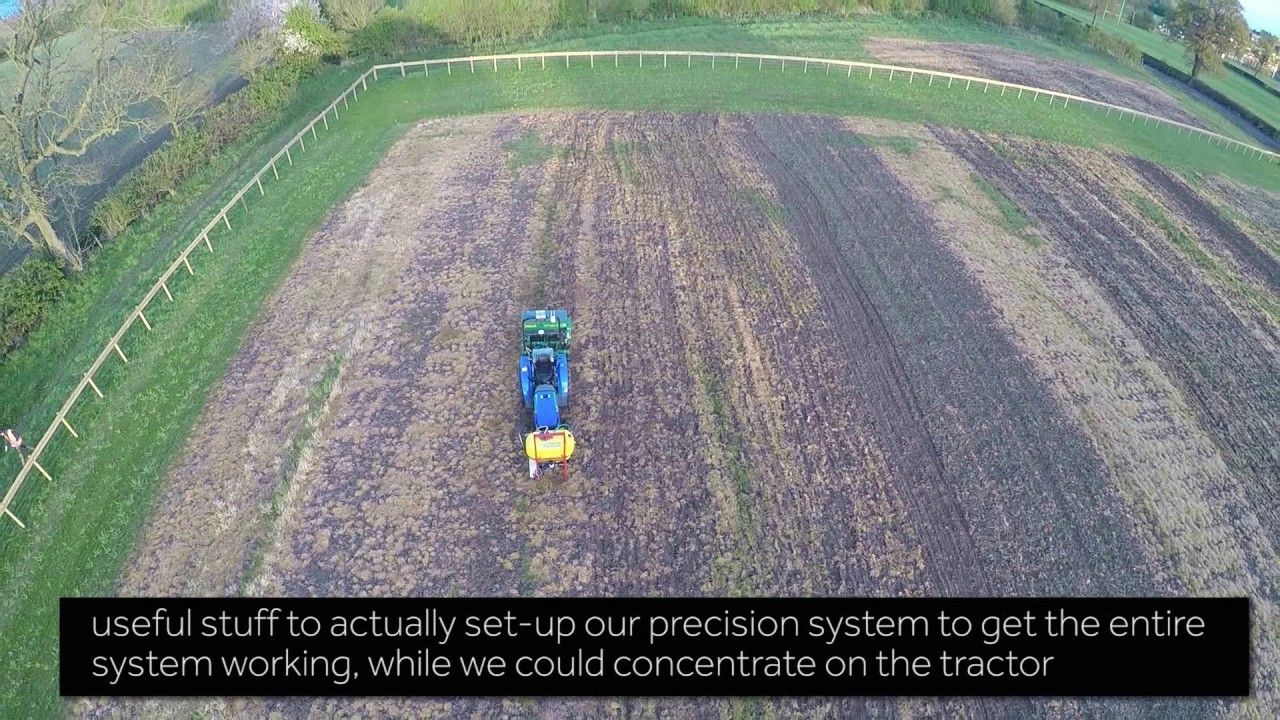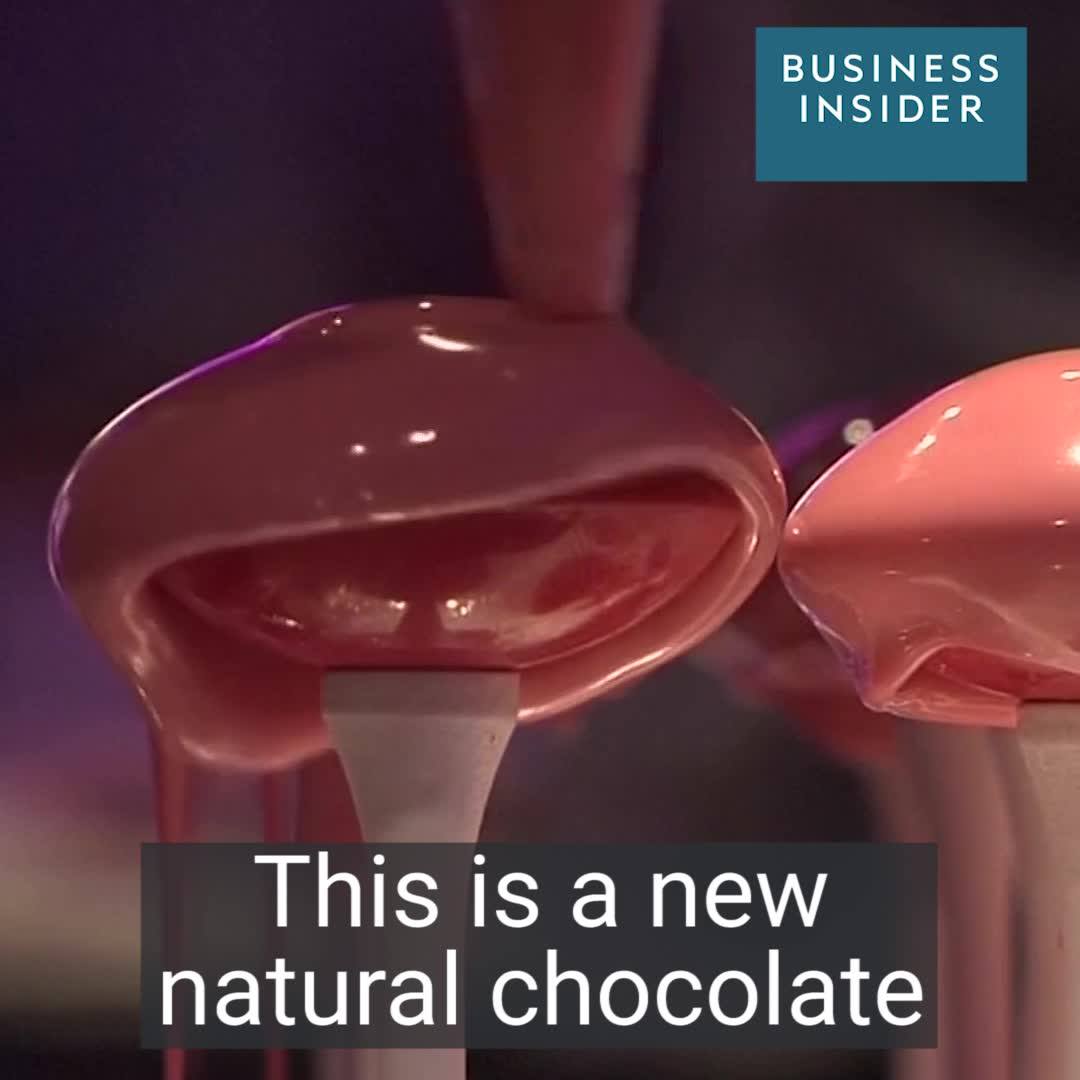Sep 24, 2017
You could soon be eating meat grown by plants
Posted by Shailesh Prasad in categories: food, futurism
Tepic, Mexico, Sept 4 (Thomson Reuters Foundation) — Juicy lab-grown steaks and burgers made of plant-based meat could soon be tempting hardened carnivores scanning restaurant menus in the world’s biggest cities, as food producers explore fresh ways to feed booming populations.
With people pouring into cities across the developing world, rocketing demand for meat and dairy products will make it essential to find high-protein alternatives that have a lower environmental impact, some experts say.
“The food of the future, as we become more and more urban, will continue to be meat but it won’t be meat from industrialised animal agriculture,” said Bruce Friedrich, executive director of the Washington-based Good Food Institute.
Continue reading “You could soon be eating meat grown by plants” »



